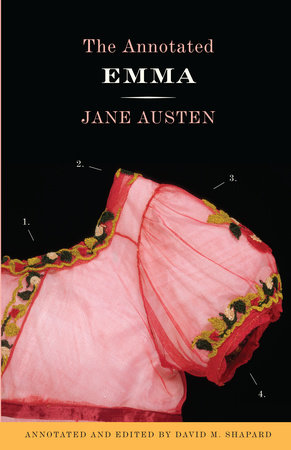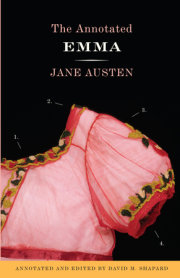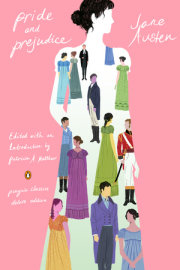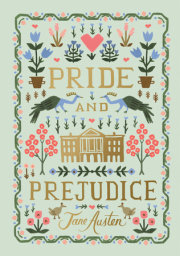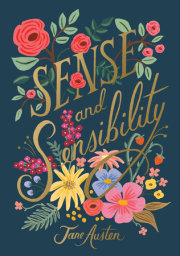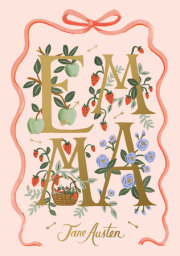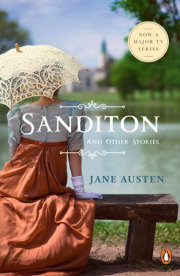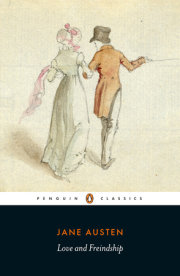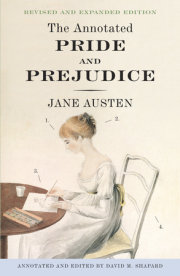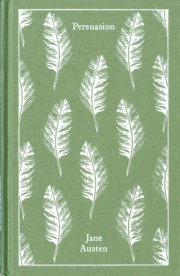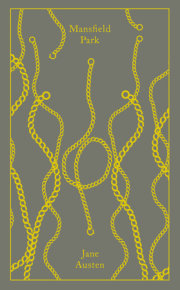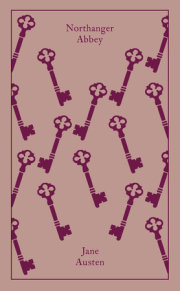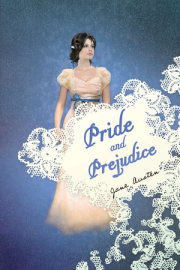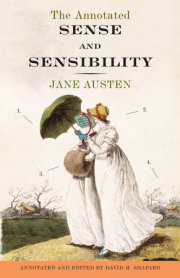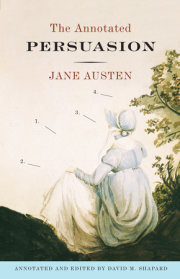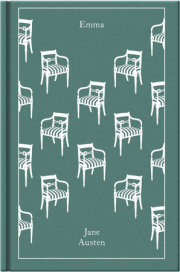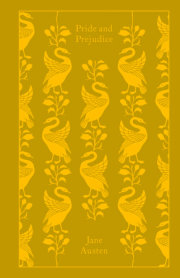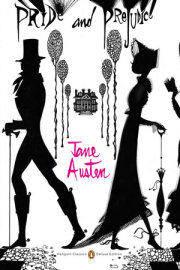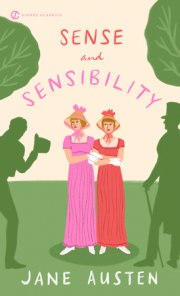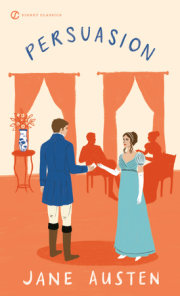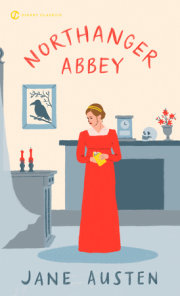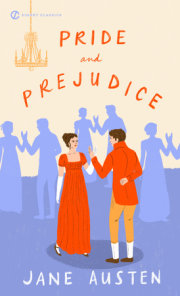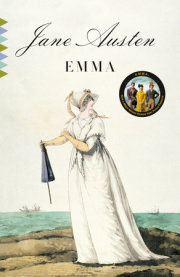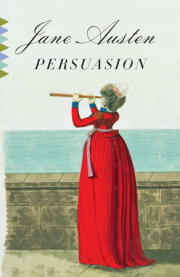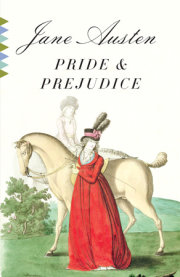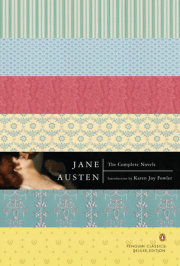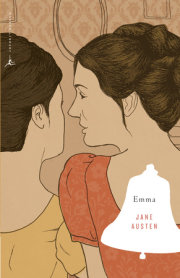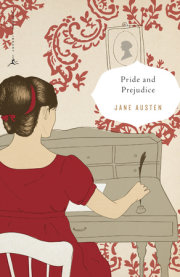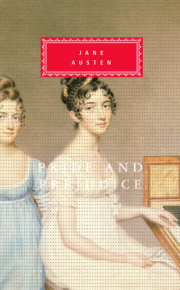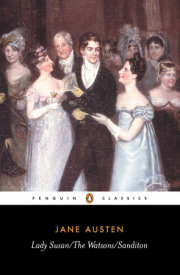Volume One
Chapter One
Emma Woodhouse(1), handsome(2), clever, and rich, with a comfortable home and happy disposition, seemed to unite some of the best blessings of existence; and had lived nearly twenty-one years in the world withvery little to distress or vex her.
She was the youngest of the two daughters of a most affectionate, indulgent father, and had, in consequence of her sister's marriage, been mistress of his house from a very early period.(3) Her mother had died too long ago for her to have more than an indistinct remembrance of her caresses, and her place had been supplied by an excellent woman as governess, who had fallen little short of a mother in affection.(4)
Sixteen years had Miss Taylor been in Mr. Woodhouse's family, less as a governess than a friend, very fond of both daughters, but particularly of Emma. Between them it was more the intimacy of sisters. Even before Miss Taylor had ceased to hold the nominal office of governess, the mildness of her temper had hardly allowed her to impose any restraint; and the shadow of authority being now long passed away, they had been living together as friend and friend very mutually attached, and Emma doing just what she liked; highly esteeming Miss Taylor's judgment, but directed chiefly by her own.(5)
The real evils(6) indeed of Emma's situation were the powerof having rather too much her own way, and a disposition to think a little too well of herself; these were the disadvantages which threatened alloy to her many enjoyments.(7 )The danger, however, was at present so unperceived, that they did not by any means rank as misfortunes with her.
* * *
(1) Emma is the only of Jane Austen's complete novels to be named after its heroine. The title reflects the great extent to which Emma revolves around its main character, as does its beginning with a description of her (the only other Austen novel to begin this way is Northanger Abbey). the author may have chosen the name "emma" precisely because of the character's centrality, for it seems to have been a favorite name with her. she uses it for the heroine of an unfinished novel, The Watsons, and her fondness for it appears in several letters in which she expresses a wish that someone had the name, disgust that a person with it married someone with an unattractive name, or special indignation that a young lady deprived of sufficent dancing partners should be an Emma (Nov. 30, 1800; April 21, 1805; Dec. 9, 1808). The name's use in England stemmed from its being the name of a medieval queen; after a period in which it fell into disuse, it again became popular in the eighteenth century.
(2) handsome: attractive. The word was often used to describe women then and had no masculine connotation.
(3) "Mistress of the house" was not simply an honarary title, bestowed here on the sole female in the family, but usually a position of real responsibility. The mistress managed the household, which would include hiring and supervising the servants (in families wealthy enough to have them), deciding on meals, purchasing food and other supplies, and keeping the household budget. She was also expected to serve as hostess for visitors and to perform charitable acts in the neighborhood. Men who lacked a wife or adult daughter would frequently have a sister or other female relative perform these functions. In Emma's case, since she was twelve when her sister married (p. 62), she probably shared these duties with her governess for a while and then assumed full responsibility later.
(4) It was standard for girls in wealthy families to have governesses who took charge of their education; in some cases, girls would also attend school for a few years when older.
(5) Girls usually finished their education by eighteen, so this more equal situation would have prevailed for at least three years. A family would typically dismiss a governess at that point; Mr. Woodhouse's rentention of Miss Taylor testifies to two of his leading characteristics, a kind solicitude for others and a hatred of anything that could disturb his existing routine.
(6) evils: drawbacks, disadvantages. "Evil" then was used more widely than today, and with not as strong a connotation of malevolence.
(7) The author here announces the central theme of the novel, namely the way that Emma's many advantages, personal and social, have led her to an excessive confidence and vanity that will bring trouble to herself and others. Of course, many, including Emma herself, would not regard these two things, especially the power of having her own way, as disadvantages. But Jane Austen, in keeping with strong cultural and intellectual currents of the time, believed firmly in the need for humility and self-restraint, and she frequently demonstrates these principles in her writings.
Copyright © 2012 by Jane Austen. All rights reserved. No part of this excerpt may be reproduced or reprinted without permission in writing from the publisher.

